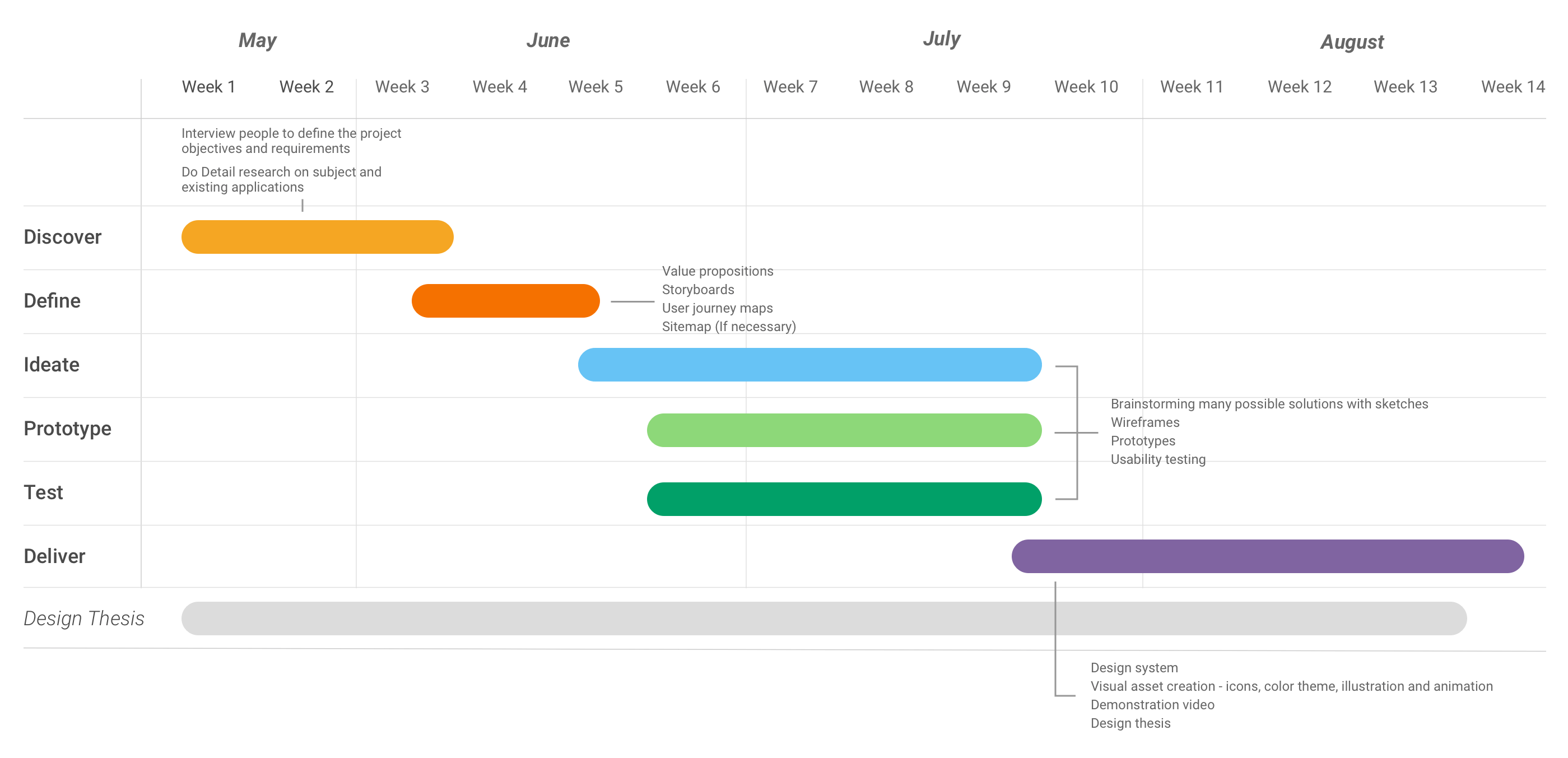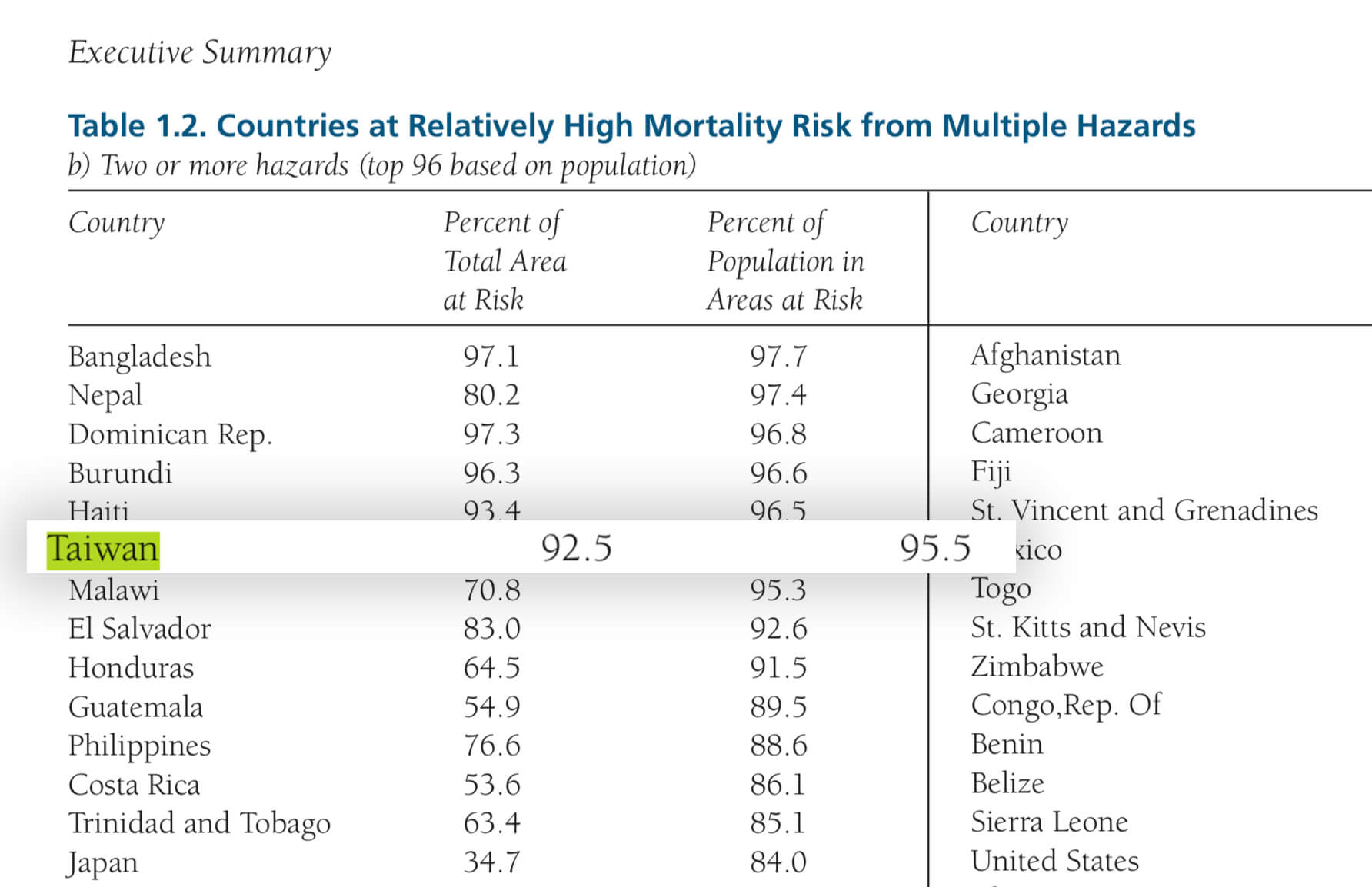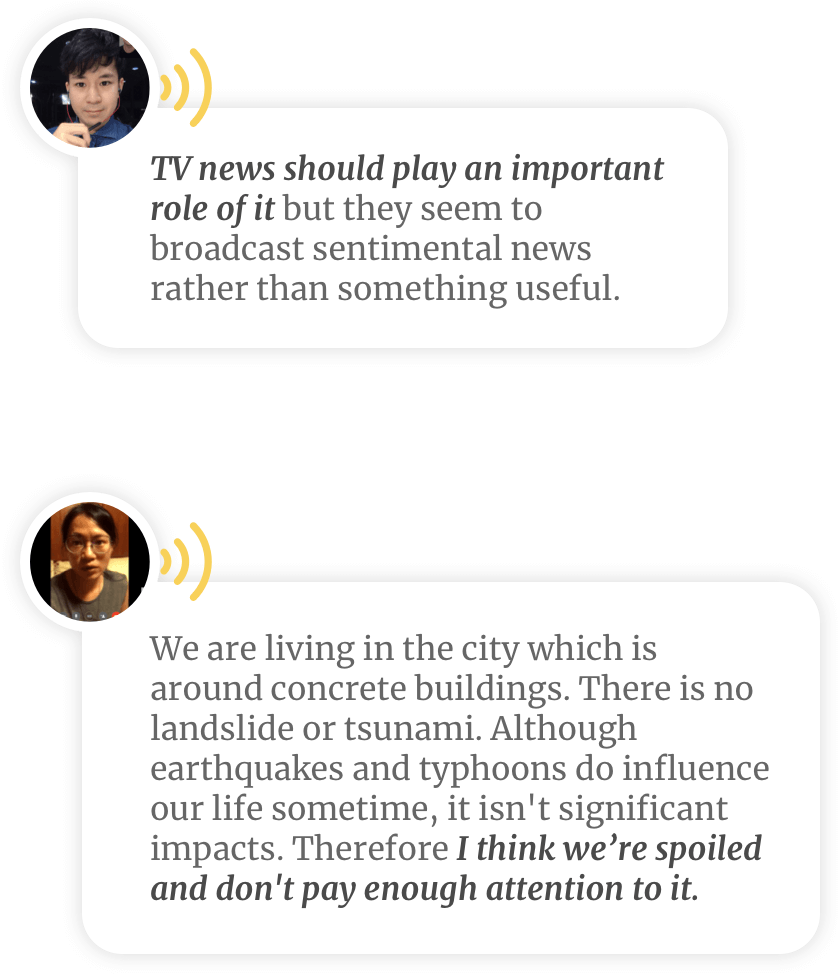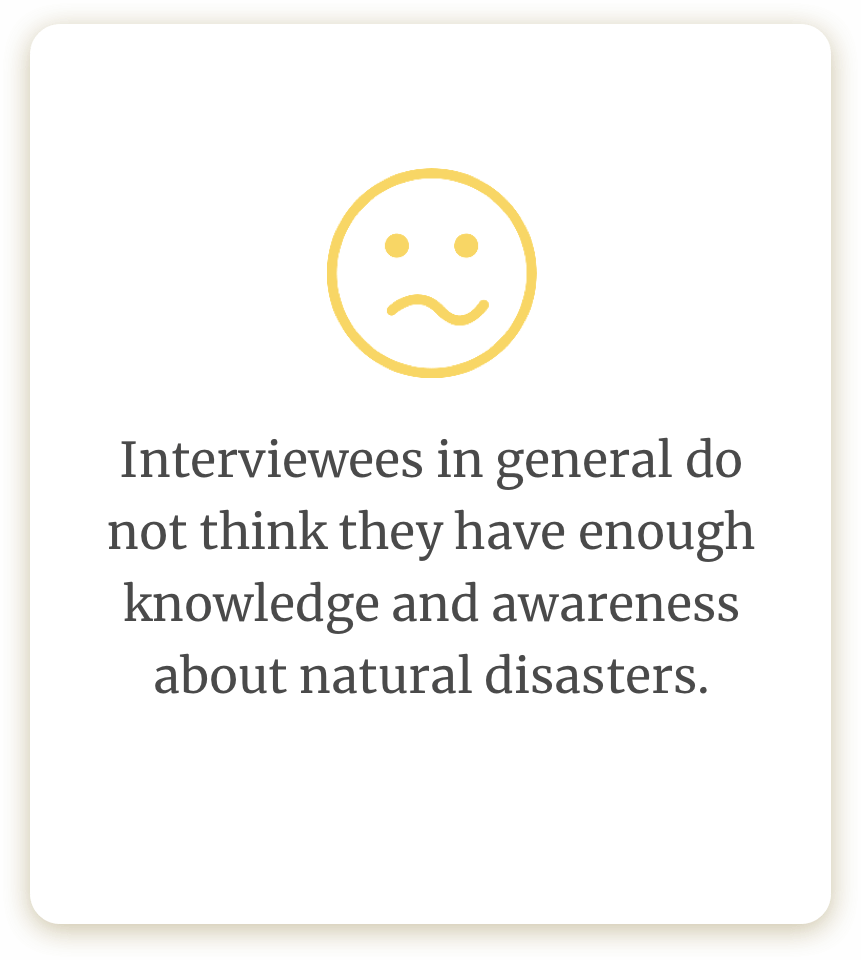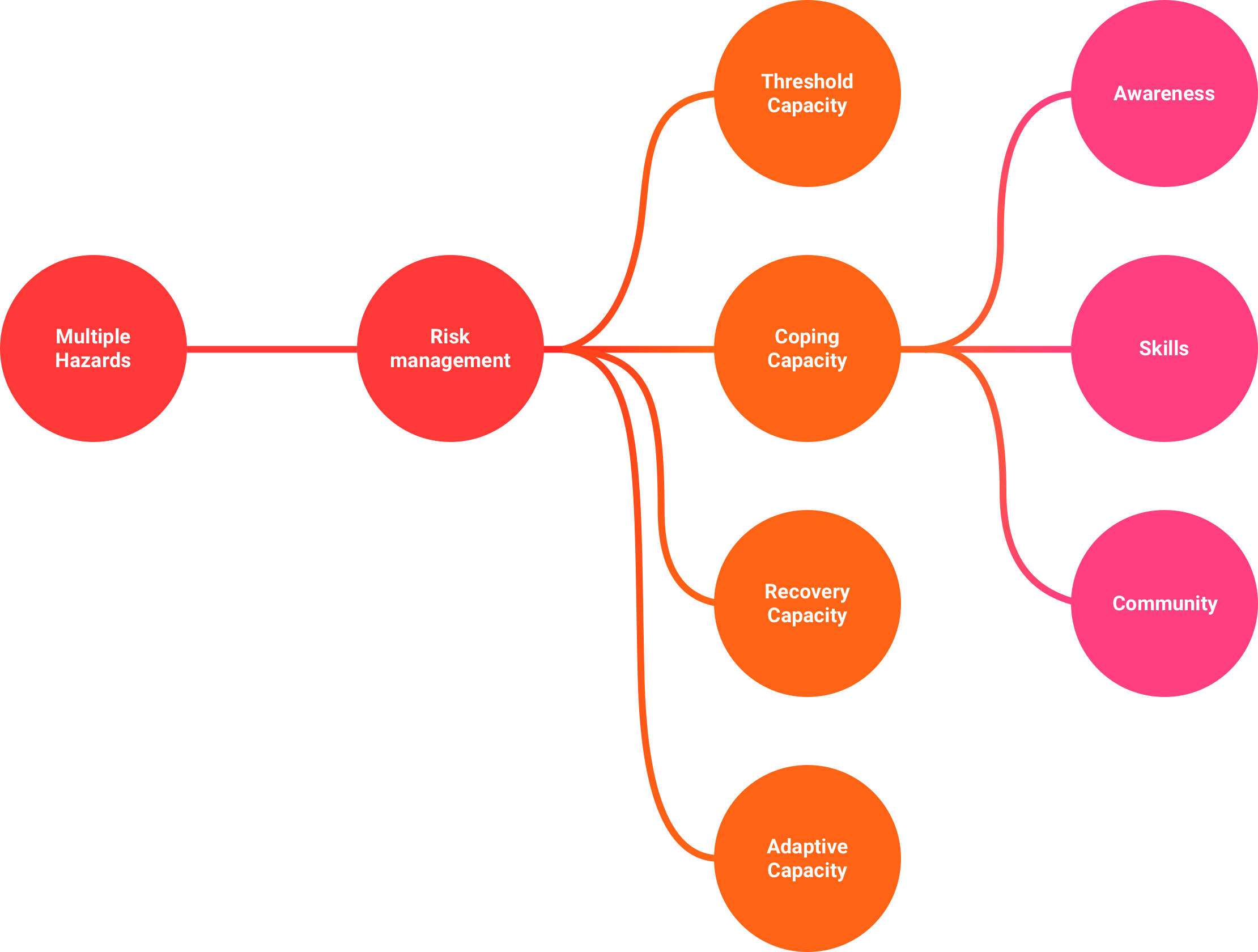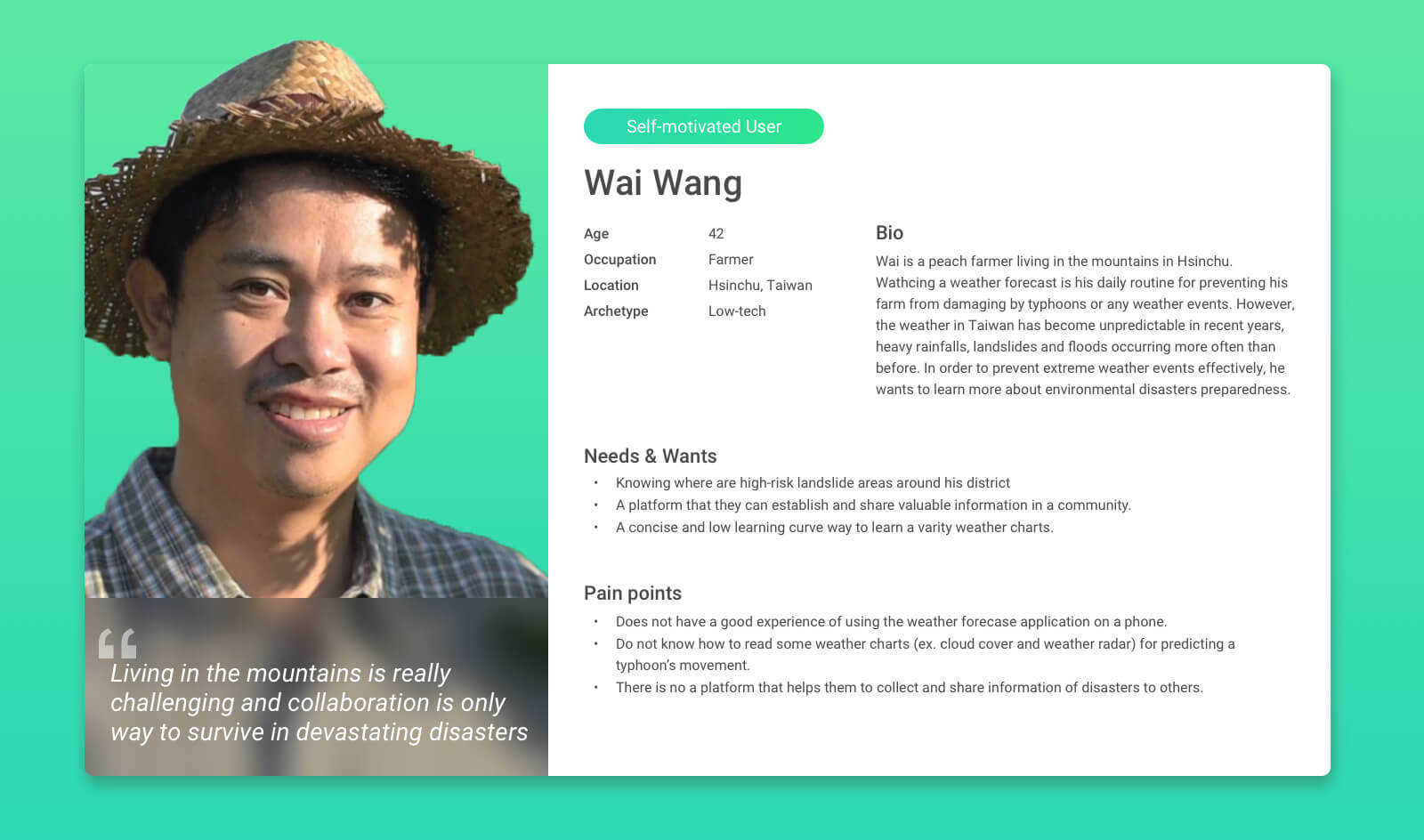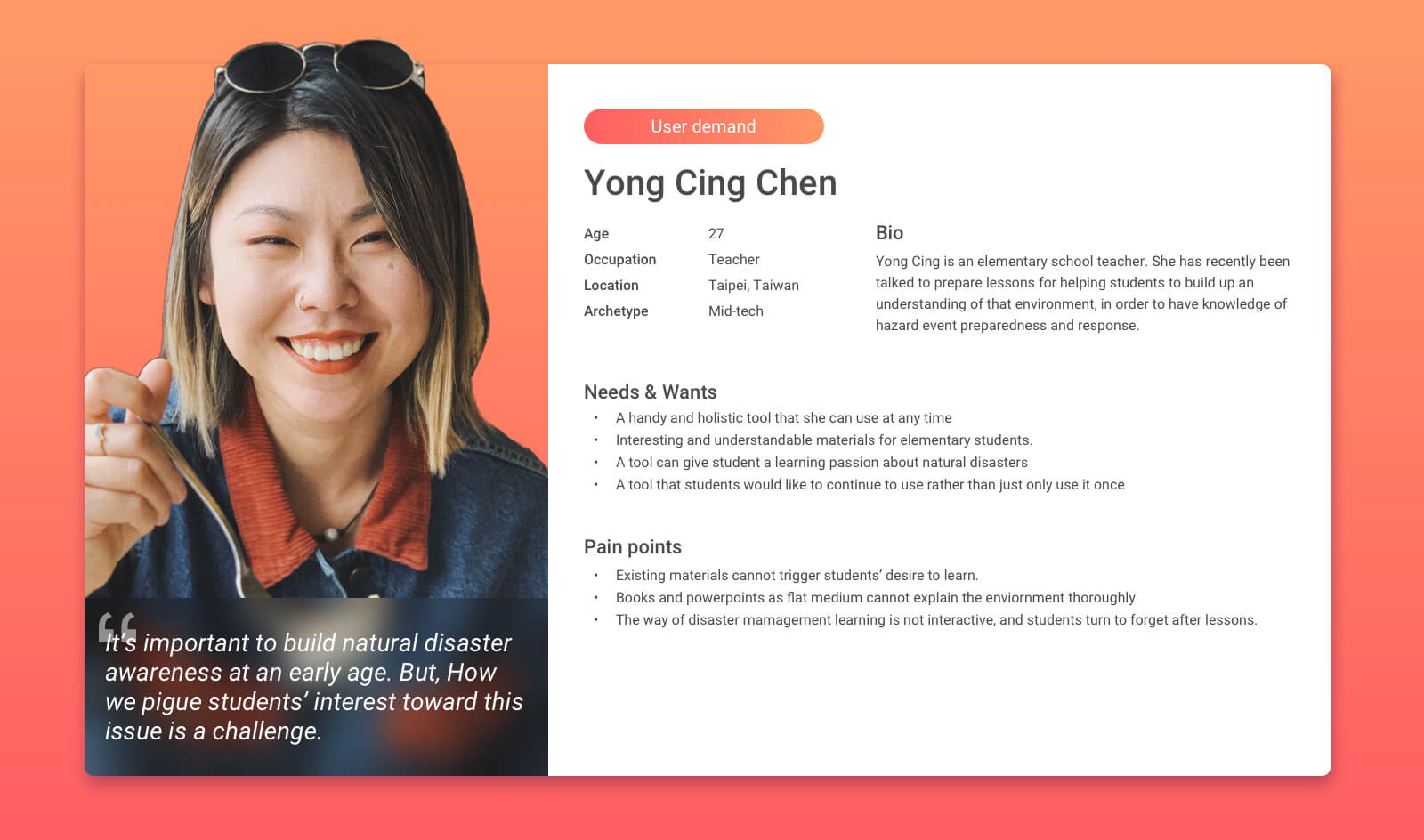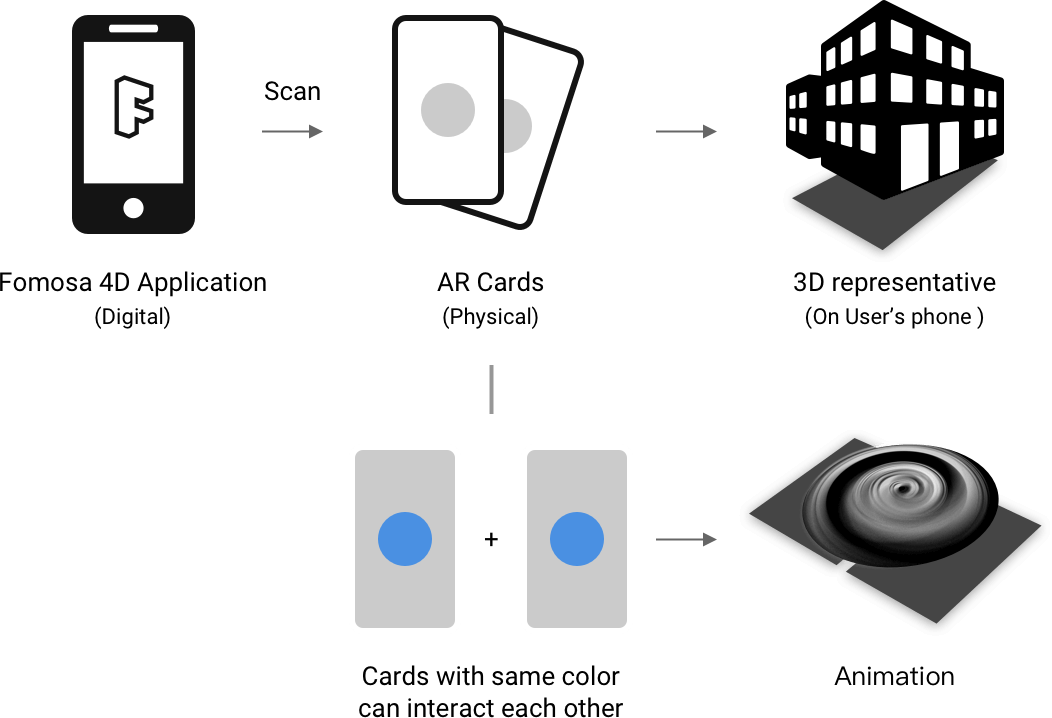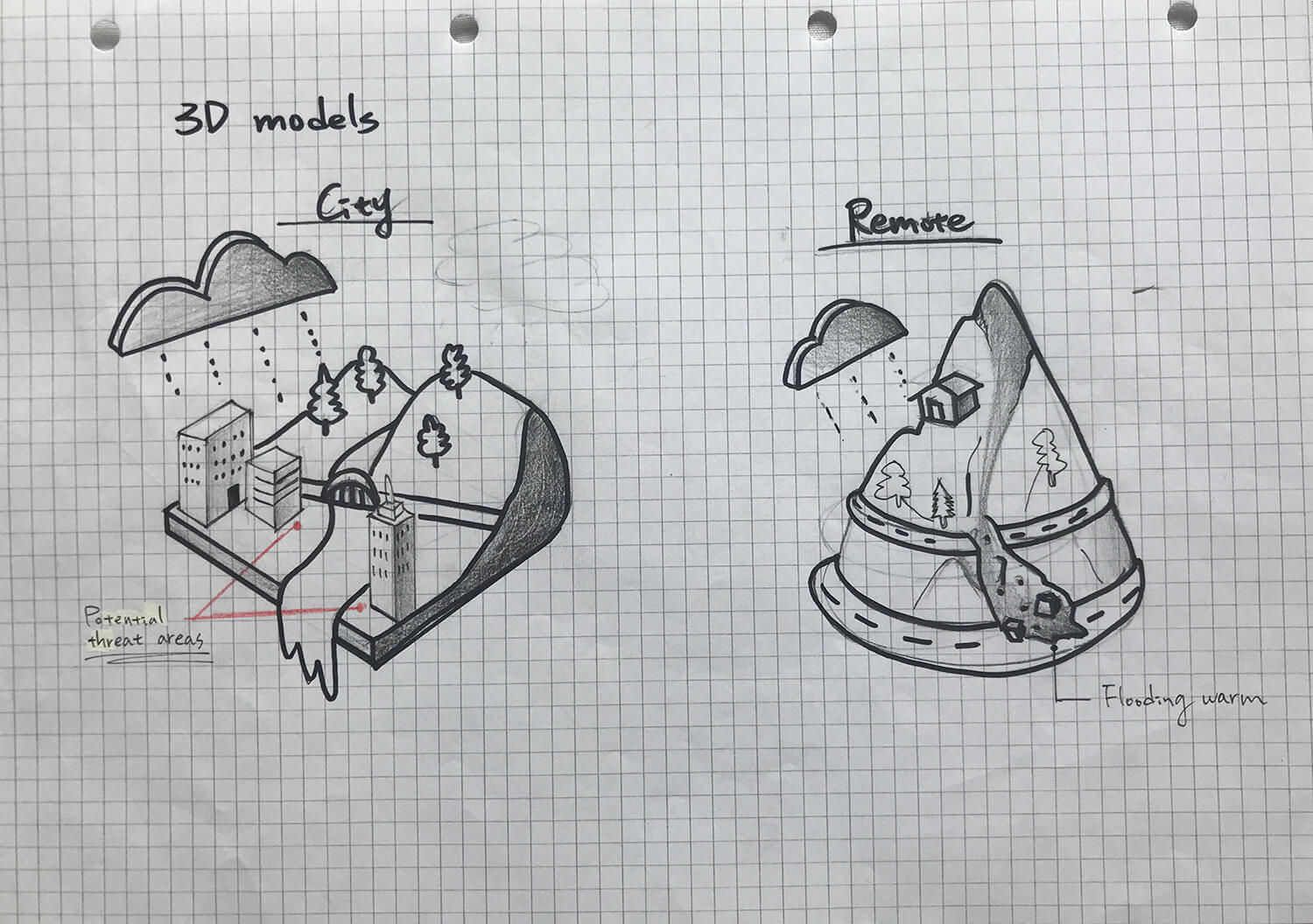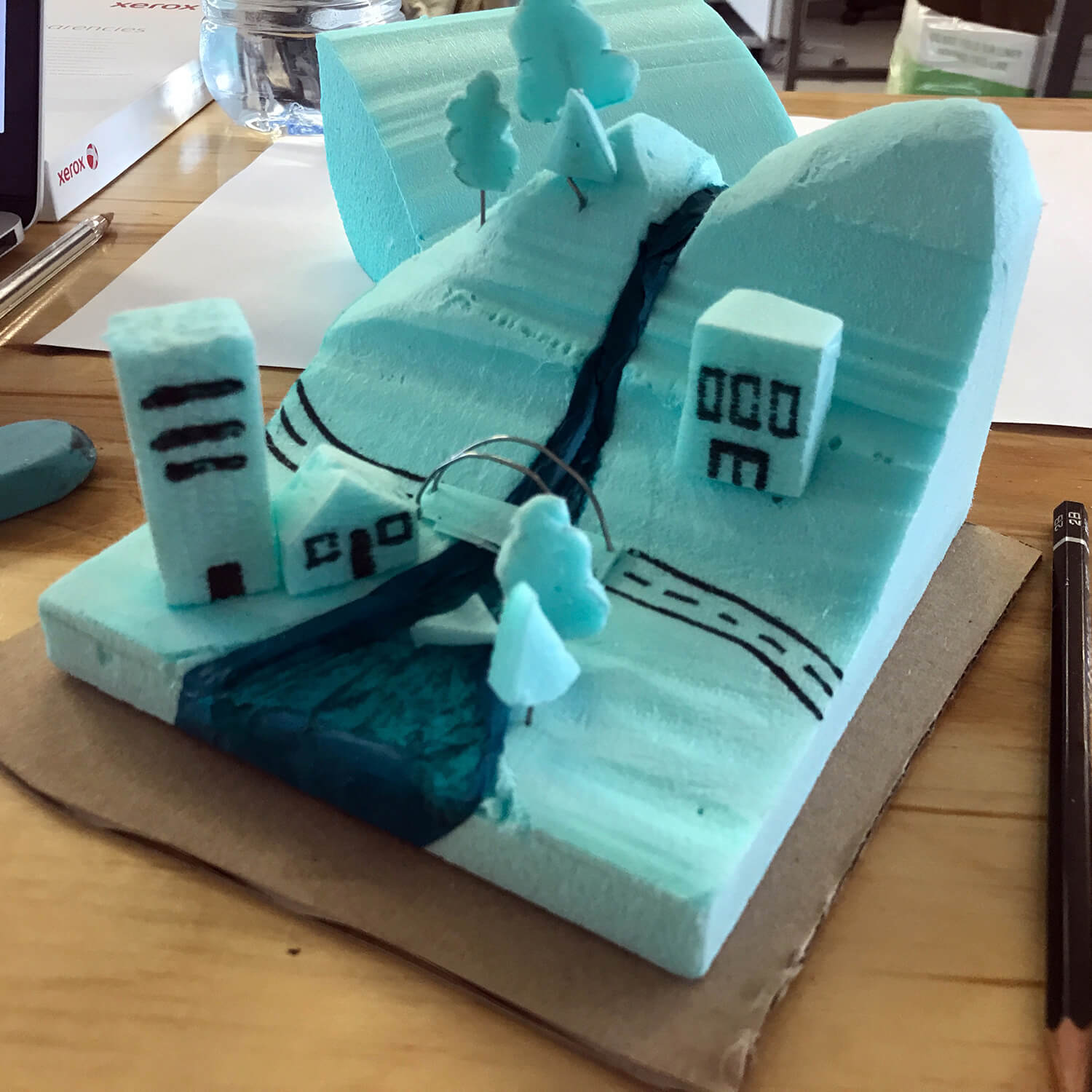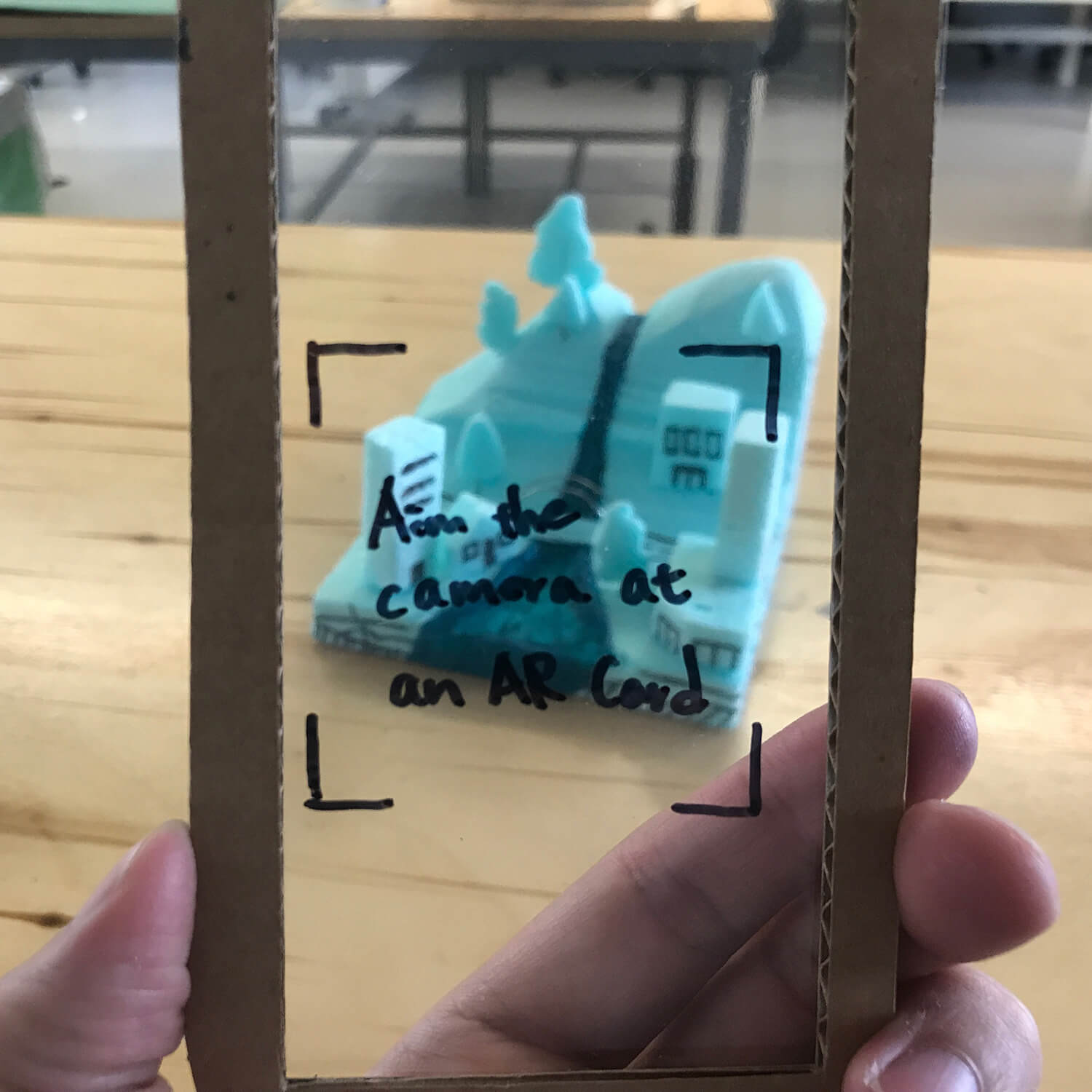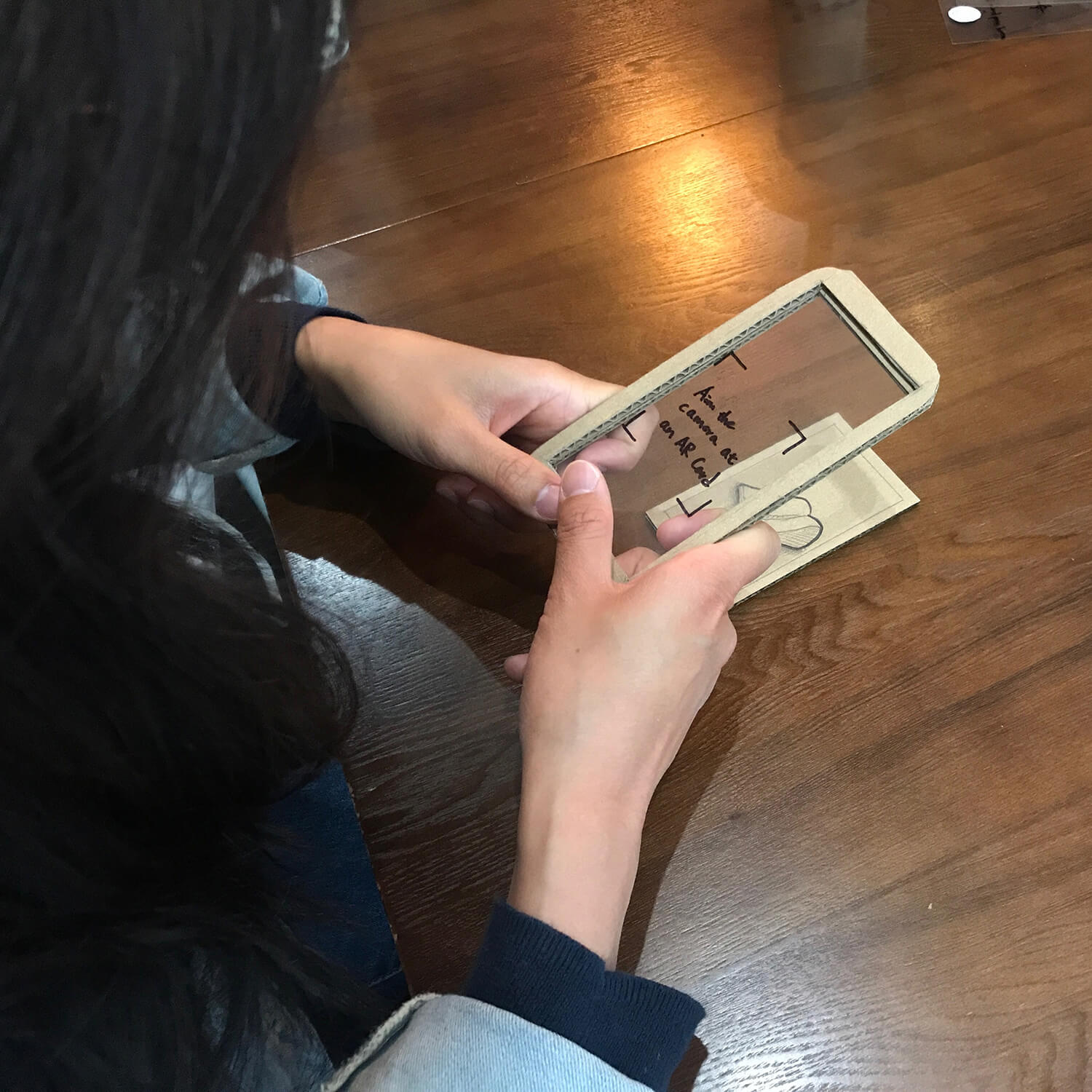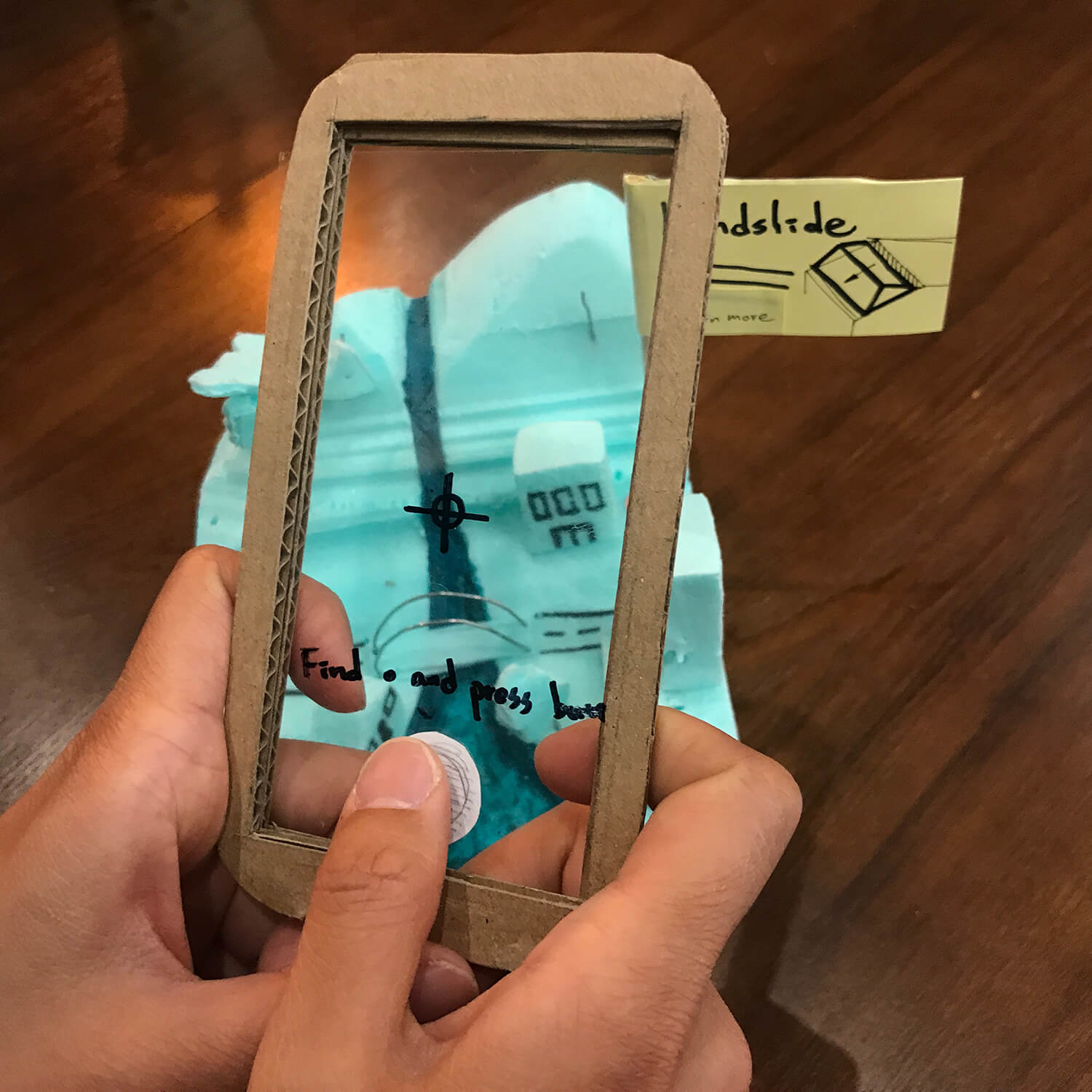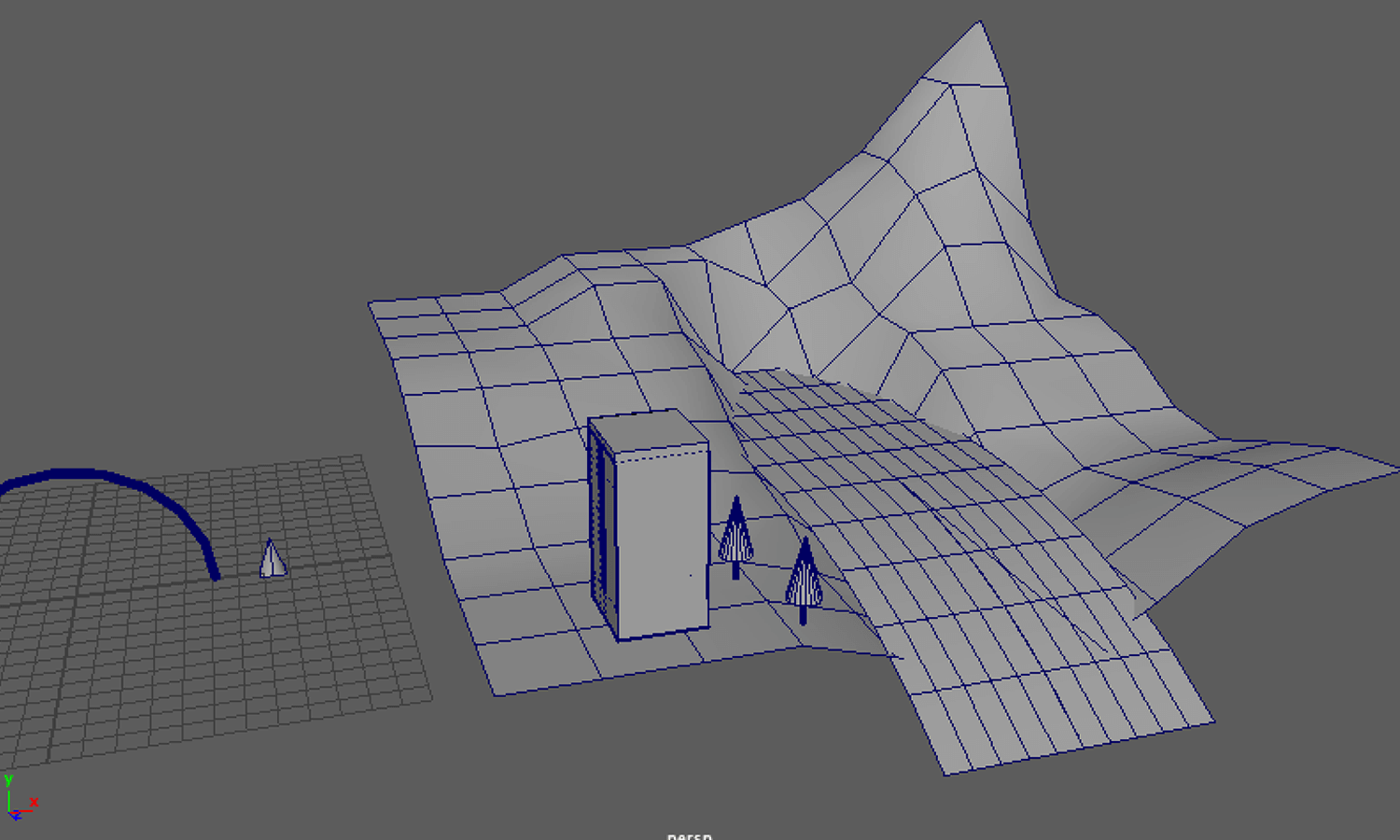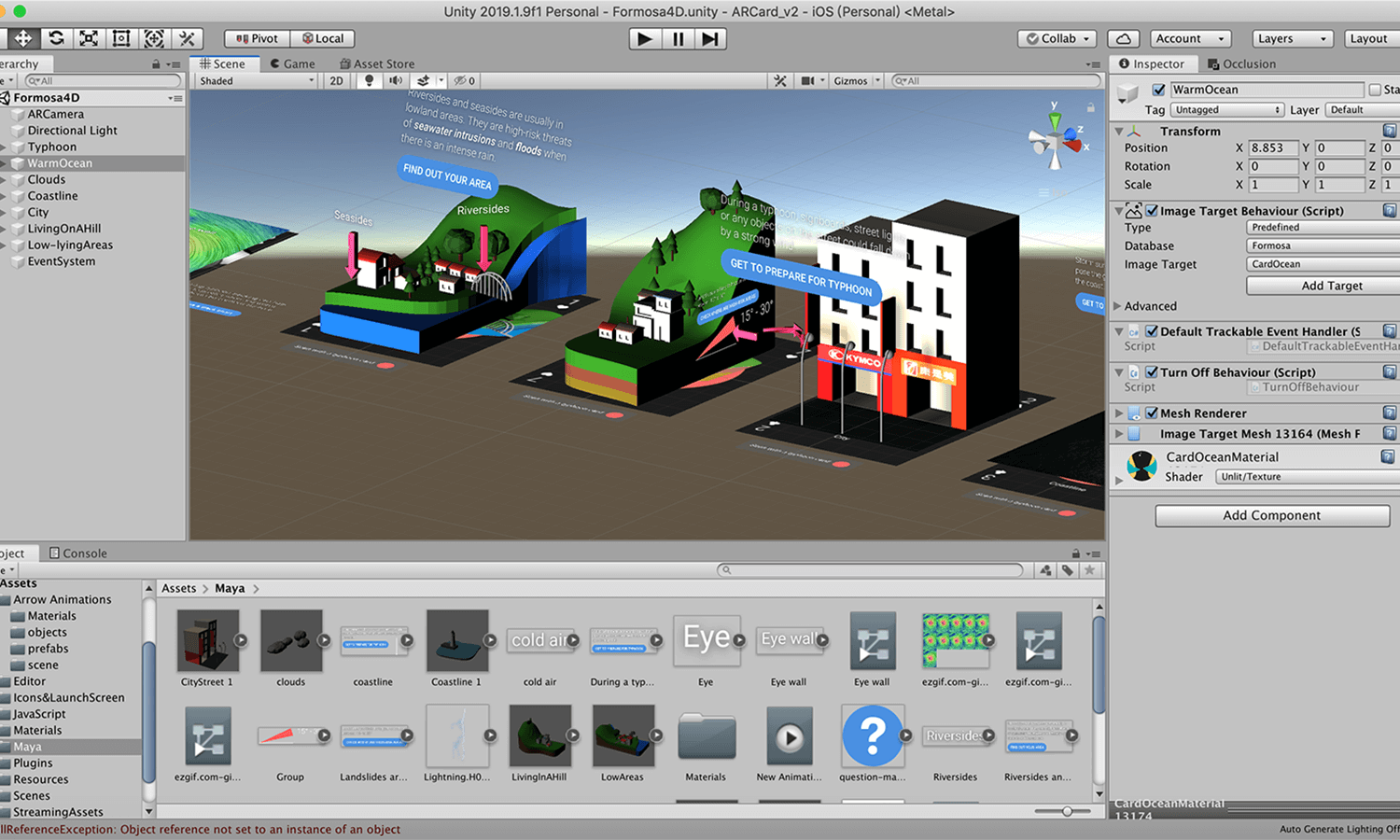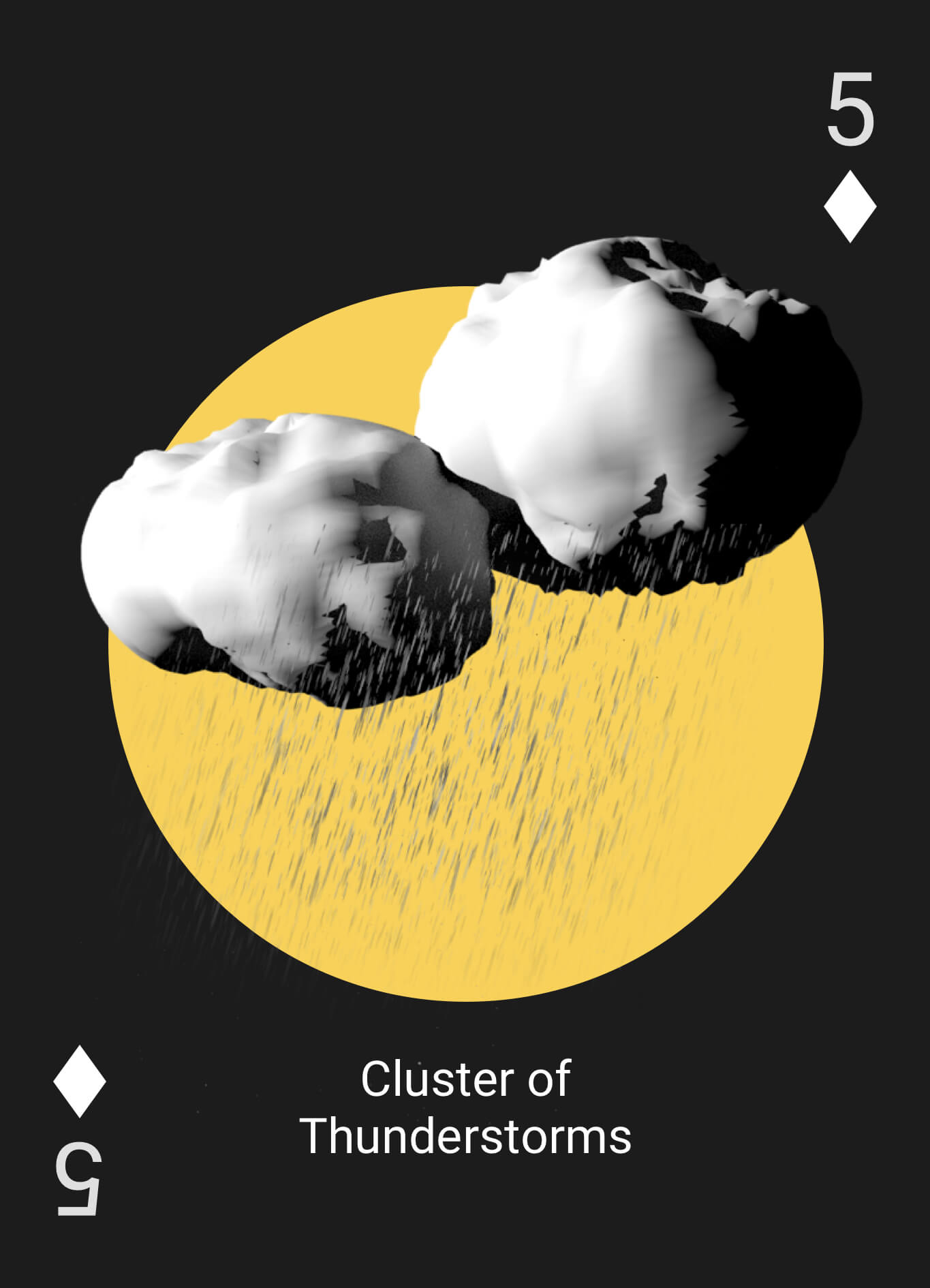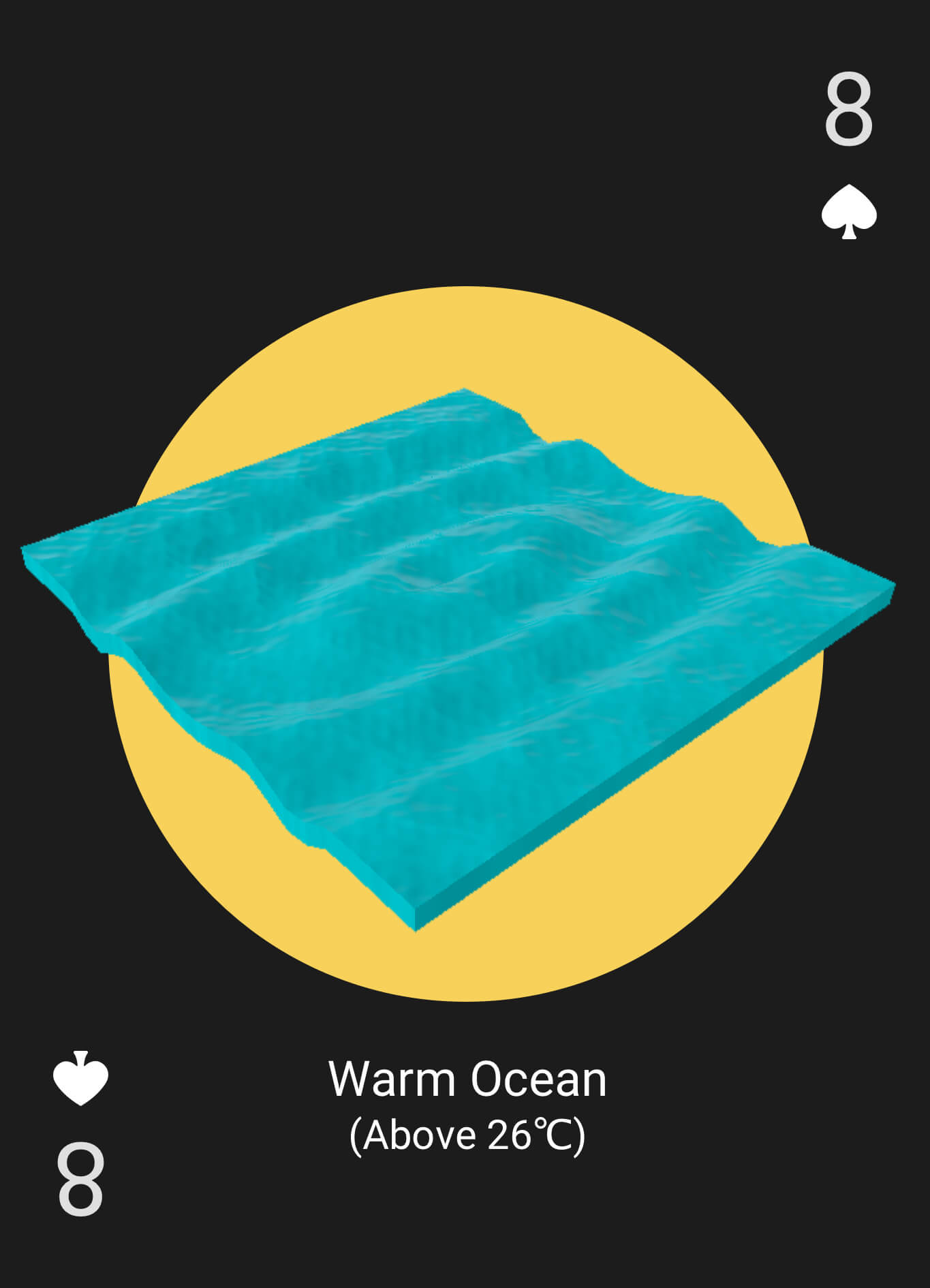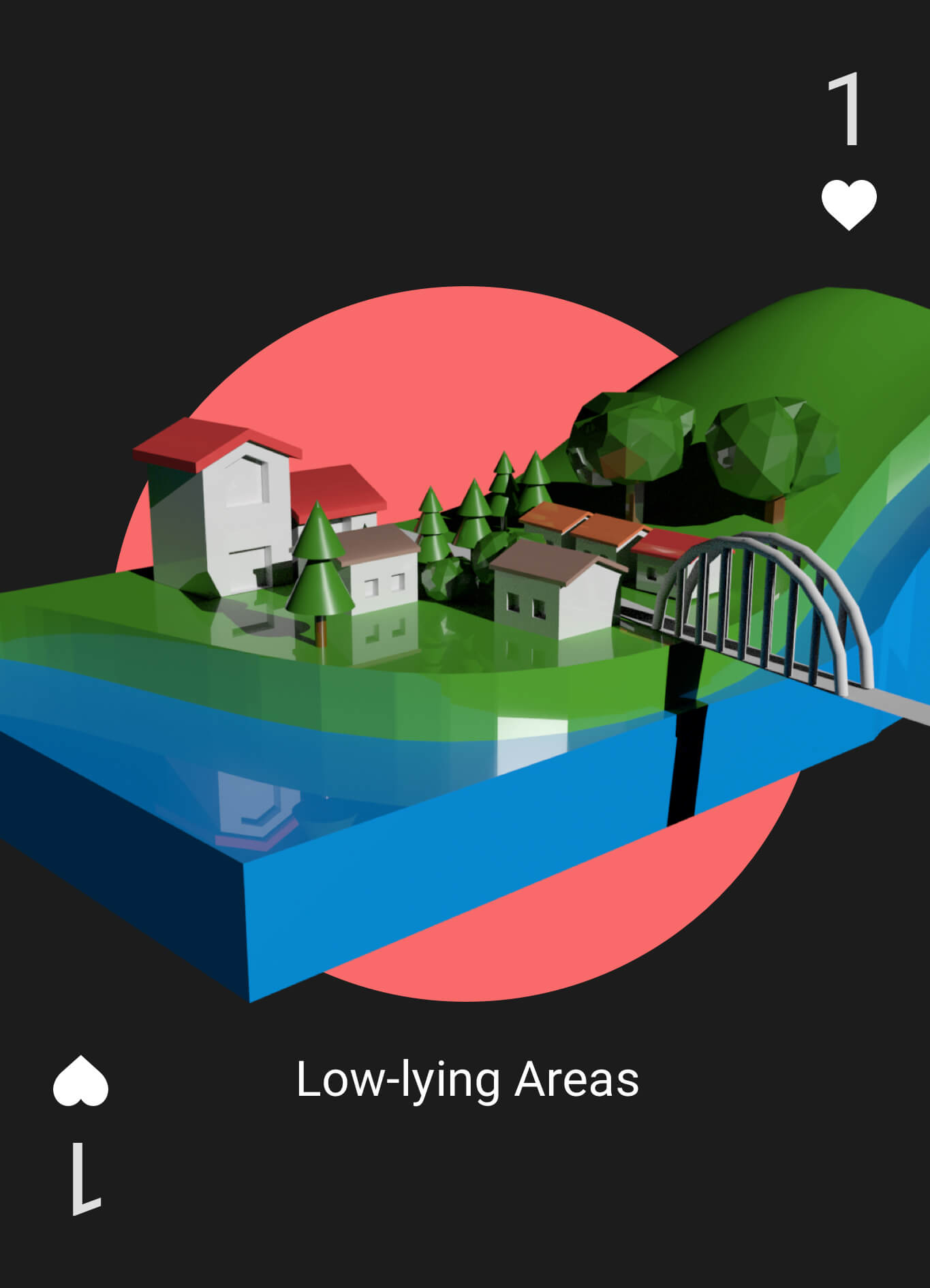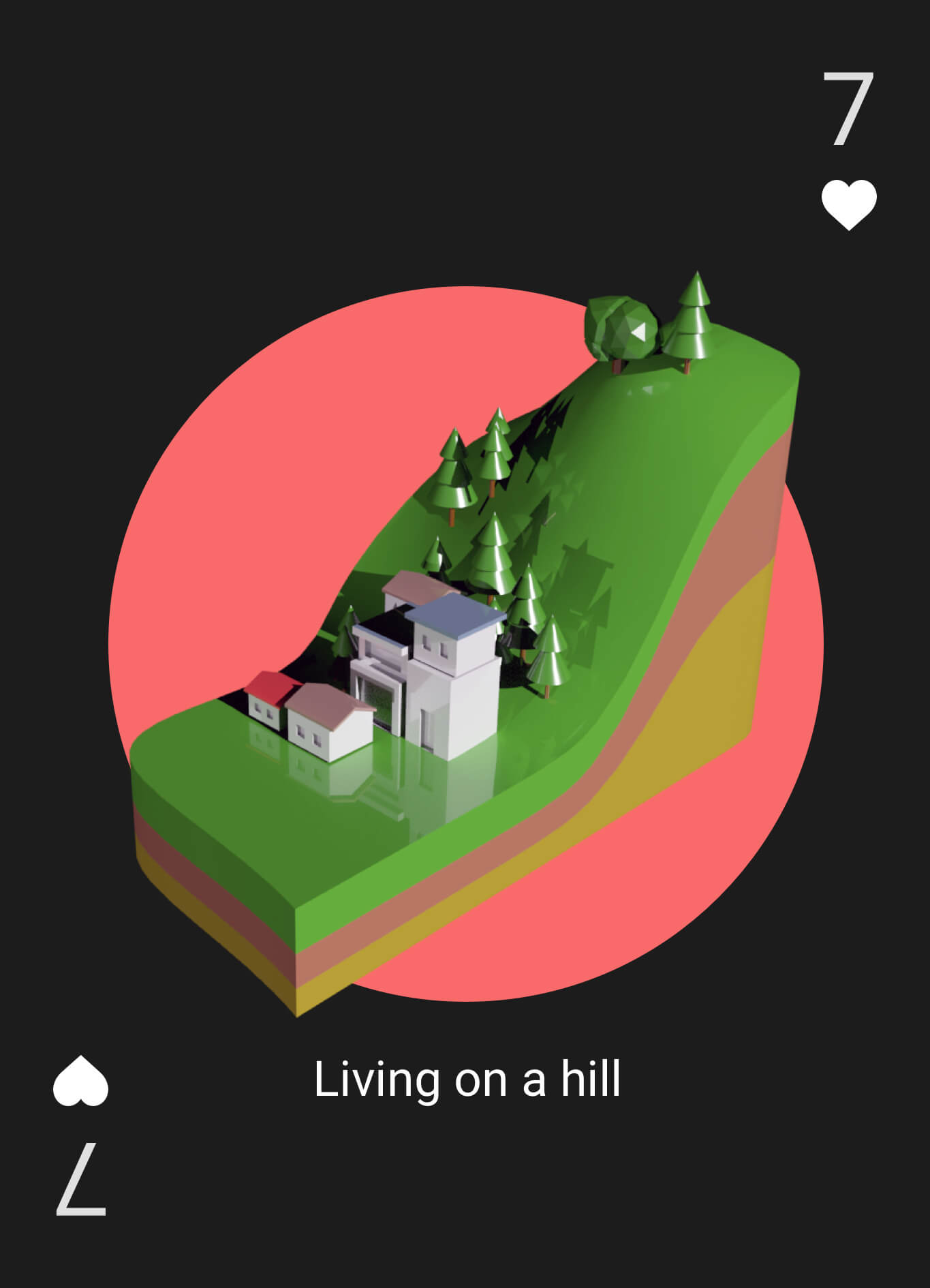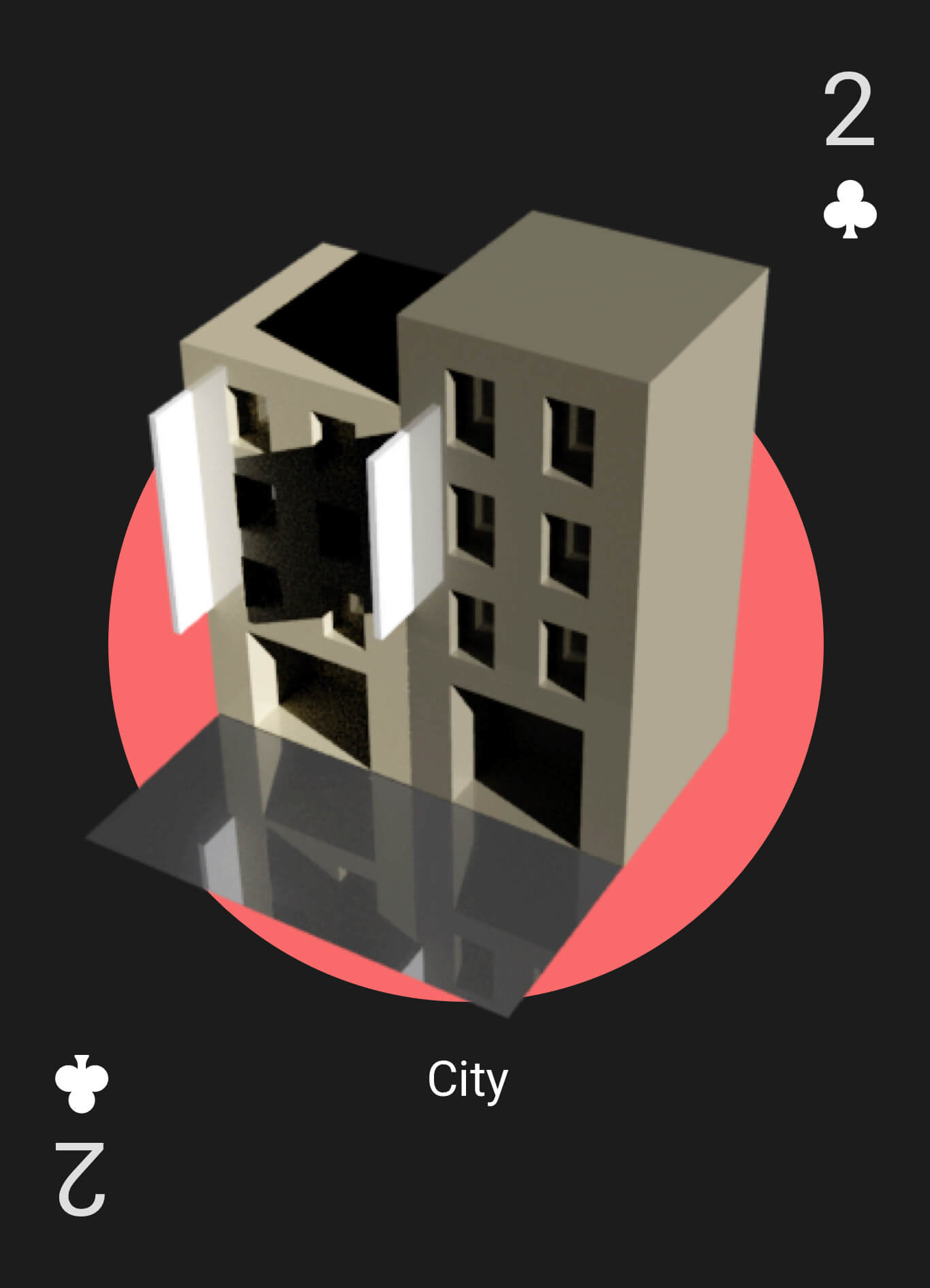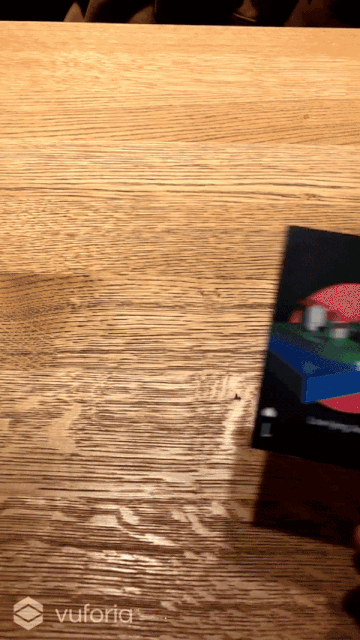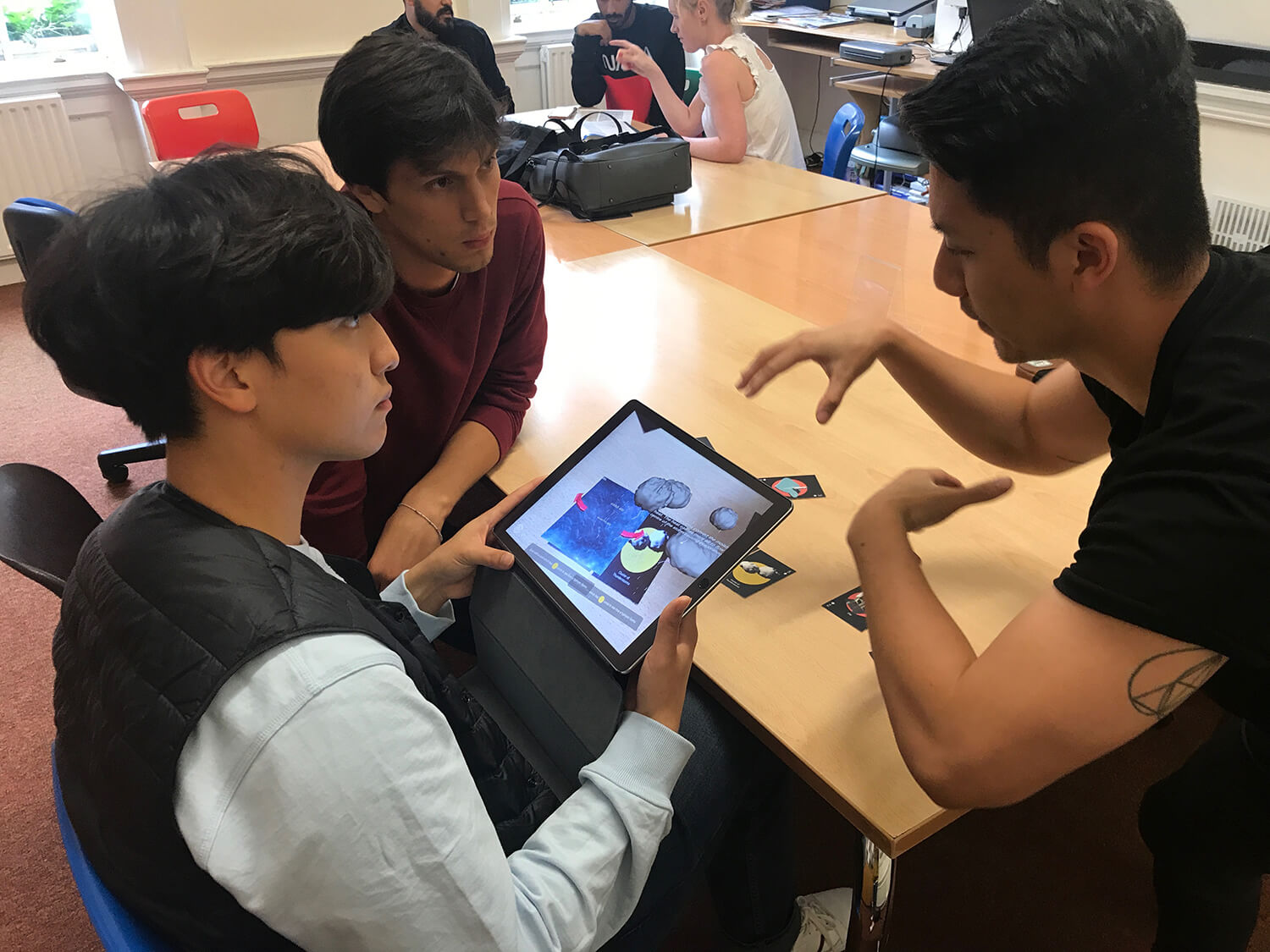Reasons cause people not having awareness about natural disaster prevention
a) These bad things won’t happen to me
When I asked interviewees “Do you remember the catastrophic 921 Earthquake?“. They immediately told me their experiences and how terrible that night was. Then I kept to ask them “So have you done anything for your safety after that night?“ They paused for a moment and responded “Not at all“. The reason they gave me was like “ Earthquakes occur all the time; we are told being cautious, and nothing ever happens.“ As result, people are likely to think those catastrophes will not happen to them, so they do not pay attention to preparedness.
b) I would like to learn more but where to begin?
“Official disaster reduction websites, Youtube channels, expert’s blogs, there were number of sites that I found when I googles natural disasters preparedness. They all share similar information but which one is related to me most? And how can I use them to help me to establish correct knowledge about natural hazards?” - Interviewee said
c) Catastrophe is terrifying but I don’t feel it right away
From moderated and automated research, people mentioned that they know the impotency of having natural disasters knowledge but they just do not have a motivation to learn it. Not surprisingly, they said disaster risk reduction materials that the government supplied as health warnings on a cigarette package. We know smoking not good for ourself but I can not see the negative impact right away so why I should I cut it out? Similarly, people cannot see the consequence of not preparing for natural disasters immediately so they turn to neglect it.
d) There is a obstacle for some people to gain information from websites
The information of natural hazards has mainly been digitalized and uploaded to the websites, it became more accessible for most people. However, for those who age over 50 years old, the great majority of them are not familiar with using a computer. They can browse these websites on their smartphone, though the user experience is not that smoothly. It is because that these type of websites are usually content heavy. It maybe fine when users visit by using big screens but for small screens as the smartphone, it is a totally disaster. As result, it prevents some people from using these type of websites due to the bad user experience.
Objectives
1) Raising public’s awareness about natural hazards and create long-lasting change
Campaigns for public’s interest such as you are more likely to die in an accident if you don’t wear a seat belt or reducing plastic waste for the environmental sustainability. People might notice these campaigns in the first place, but how many of them do really change their behaviour after that? As a project for public’s interest, I want to make something that go beyond just getting people attention of the natural hazards, more importantly, how I can change their though, feeling and behaviour about this issue after they used my service or product.
2) Visualize complex and monotonous information to more accessible and interesting
Conventionally, we acquire knowledge either from books or our teachers in oral way. For something that not easy to explain like chemical that we can do experiments in a lad to understand. But if something that cannot be obtained or presented in a class, how can we learn it physically and effectively? Augmented and virtual reality has provided the perfect solution for that. Human brain as the best compute to process three dimensions objects, thus for learning something like how are typhoons formed or geographic. These technologies will be the effective medium to inform information for people comprehending easily.
3) Make natural disasters knowledge as a lifelong learning
The main goal of this project is not just trying to raise public awareness about natural disasters. Deeply, it needs to be sure that once people notice this issue and engage with a product/service that they will make a change towards this issue and come back to review things they have learnt before or learning new knowledge. It is because that natural hazard preparedness and response is a endless lesson, so that is vital to keep up latest information.



